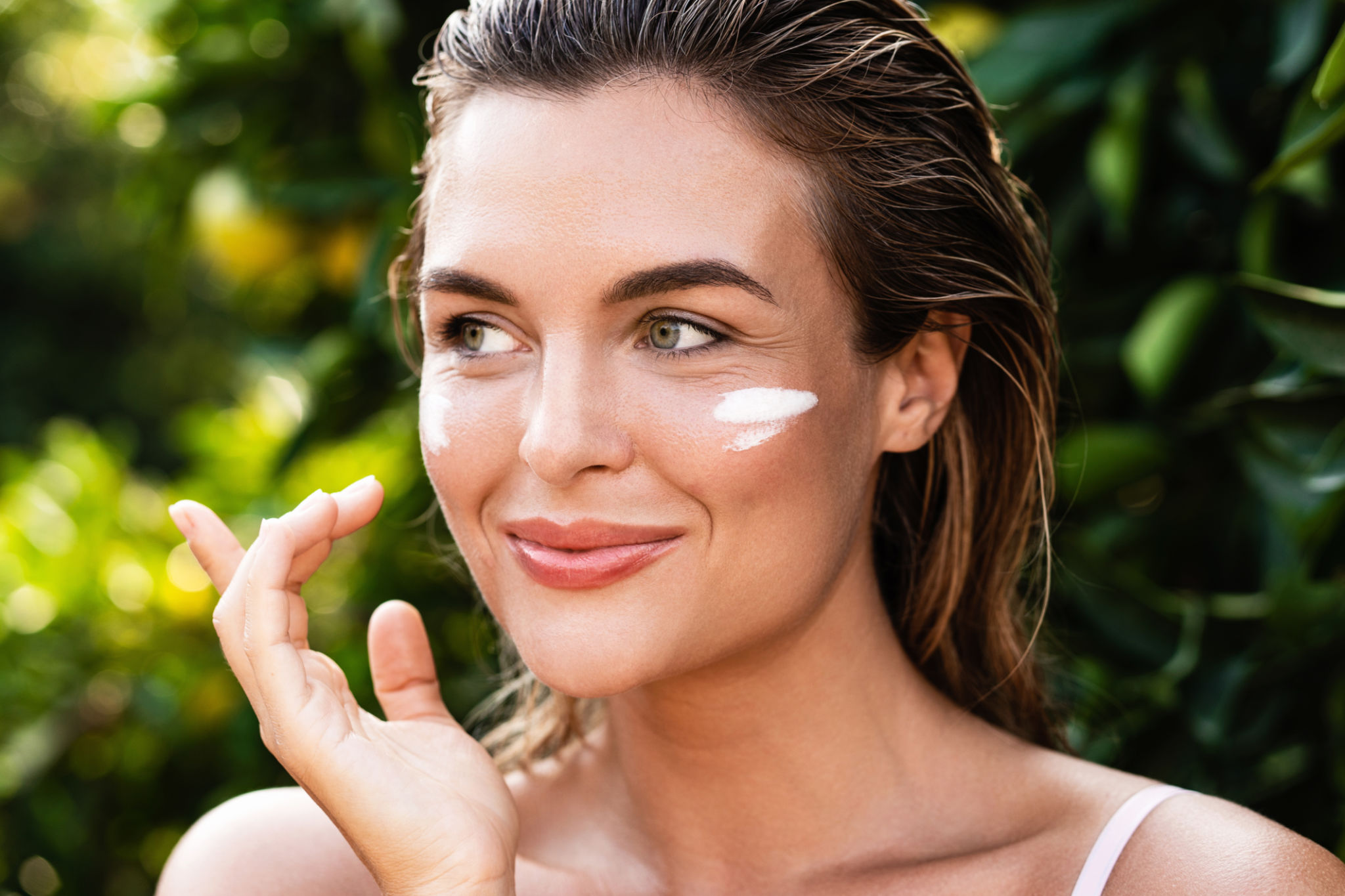Debunking Common Myths About Green Skin Care
Understanding Green Skin Care
In recent years, green skin care has gained significant popularity as more consumers become conscious of the ingredients they apply to their skin. However, with its rise, several myths have also emerged. It's essential to separate fact from fiction to make informed choices about your skin care routine. In this post, we'll debunk some common misconceptions about green skin care.
Myth 1: Natural Ingredients Are Always Safe
One of the most widespread myths is that if an ingredient is natural, it must be safe for everyone. While natural ingredients can be beneficial, they can also cause allergies or irritations in some people. For example, essential oils such as lavender or tea tree oil can irritate sensitive skin. It's crucial to patch-test new products and understand your skin's unique needs before committing to them.

Myth 2: Green Skin Care Products Are Not Effective
Another common belief is that green skin care products are less effective than their synthetic counterparts. This is far from the truth. Many green skin care formulations harness the power of potent botanicals and naturally derived actives that have been scientifically proven to improve skin health. Ingredients like aloe vera, chamomile, and hyaluronic acid can deliver impressive results when formulated correctly.
Myth 3: All Green Products Are the Same
Not all green skin care products are created equal. The term "green" is not regulated, meaning brands can define it differently. Some products may focus on being organic, while others might emphasize sustainable packaging or ethical sourcing. To choose the right product, it's important to research and understand what specific values are important to you and look for certifications that align with those values.

Deciphering Labels and Ingredients
Decoding product labels can be daunting, but understanding what goes into your skin care products is key. Many consumers are misled by claims such as "non-toxic" or "chemical-free," which are not always accurate. Everything is composed of chemicals, including water. Instead of focusing on these buzzwords, look for transparency in ingredient lists and seek out reputable brands that offer detailed information about their formulations.
Myth 4: Green Skin Care Is Always More Expensive
While some green skin care brands come with a higher price tag due to sustainable practices or high-quality ingredients, there are also affordable options available on the market. It's a misconception that you need to spend a fortune to adopt a green skin care routine. With a bit of research, you can find budget-friendly brands that prioritize both efficacy and environmental responsibility.

Myth 5: DIY Green Skin Care Is Better
Creating your own skin care products at home can be tempting, but DIY methods aren't always safer or more effective. Without proper knowledge of ingredient interactions and preservation, homemade products can harbor bacteria or lose potency quickly. It's often best to rely on expert-formulated products that have undergone rigorous testing to ensure safety and stability.
The Importance of Continuous Learning
As the green beauty industry continues to evolve, staying informed is vital. New research and innovations constantly reshape what we know about skin care. By debunking these myths and seeking credible information, you can make better choices for your skin and the environment.
In conclusion, embracing green skin care doesn't mean compromising on safety or effectiveness. By understanding these common myths, you can navigate the world of green beauty with confidence and find products that truly enhance your natural beauty.